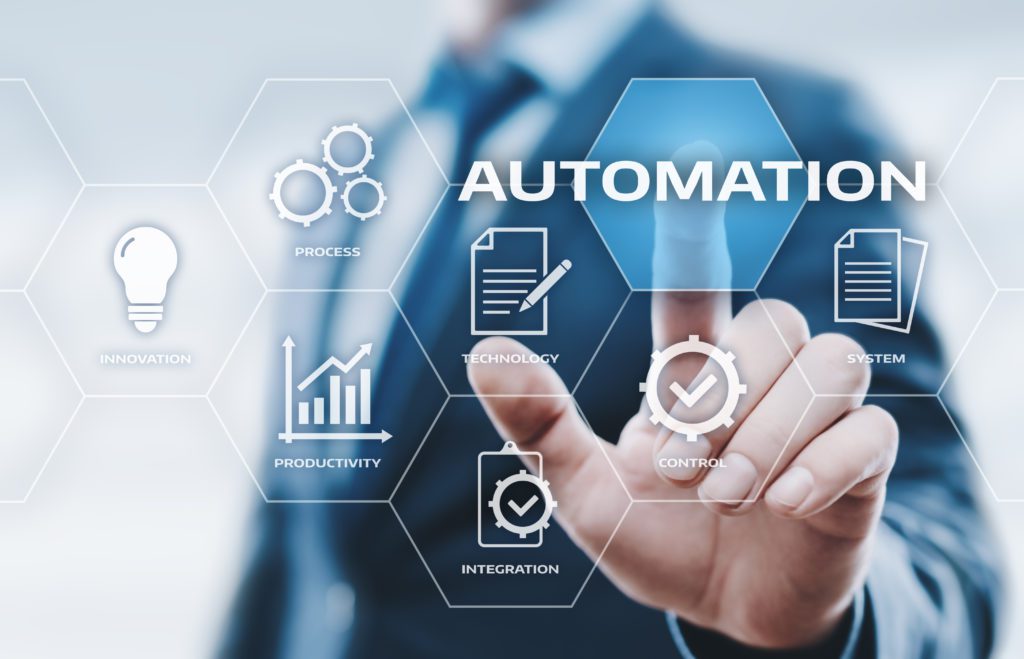As businesses seek to cut down on the time and human error associated with performing routine operations, automation, in particular, robotic process automation (RPA), is becoming increasingly popular. Automation teams have proven the importance of automation with some early wins such as stable automated processes.
Still, at many companies, the chief information officer (CIO) or another high-ranking information technology (IT) executive is responsible for managing IT automation and similar initiatives. In this article, I’ll explain how automation is now such a strategic need in businesses that your company may require a dedicated position to monitor it — a chief automation officer (CAO).
The Challenges of Automation
Automating business processes can make a company more successful, but only under certain conditions: The automation must be implemented with care; consideration must be given to both customer experience and employee experience, and there must be an honest analysis of how every process automation affects a company as a whole.
Scaling up the automation journey is difficult for many organizations. In certain companies I’ve observed, different automation teams exist for various functions, and each reports to a distinct set of managers. Because of this, there are many moving parts, and it takes longer than needed to implement automated solutions. Also, without a single person responsible for coordinating them, many automation solutions and methods may end up being duplicative.
What a CAO Brings to the Table
As CIO duties and responsibilities have evolved enormously over the past decade, we’ve seen more C-level titles pop up, from chief data officer to chief security officer to chief cloud officer — but chief automation officer hasn’t gained the same degree of adoption. That’s in part because many businesses automate only specific tasks or systems without considering the bigger picture. A lack of an enterprise-wide strategy that considers each group’s implementation, difficulties, and achievements in automating IT processes, is common.
This is where the CAO comes in. Automation is their sole mission. The CAO’s responsibilities include implementing the appropriate automation solution and strategy, managing a company-wide, cross-functional team, incorporating the organization’s unique objectives, and understanding the complexity of the activities to be automated. It is unlikely that the CIO or any other member of the C-suite will be able to handle all the automation duties in addition to their present duties. However, in the present, you need to have a strategy and plan for how you will start to implement artificial intelligence (AI) and intelligent automation technologies at scale, and you need the CAO to lead the organization on this objective.
As AI and intelligent automation grow increasingly more advanced, the CAO’s function will continue to expand.
Wrap-Up
The best part is that jobs like “enterprise automation architect” are being created specifically to meet the growing need for automation specialists. In spite of their lack of C-suite status, these roles are crucial in closing the technological and operational gaps that plague large organizations.
Though it is not yet common practice, CAOs may soon be in high demand. Because of the increasing complexity of IT operations and the high-profile failures of recent automation systems, companies are looking for a single person or group to provide top-down automation.
To support this, the biggest automation vendors like UiPath, Microsoft, and Automation Anywhere should start pushing organizations for a dedicated hierarchy of automation reporting to the chief automation officer. Organizations will gradually see the benefits and the improvement in the way solutions are implemented, becomes scalable, and adheres to governance frameworks.
Automation is not just a tool, it’s a strategy that needs to be deployed organization-wide, and the CAO will be the best candidate to do this.
Looking for real-world insights into artificial intelligence and hyperautomation? Subscribe to the AI and Hyperautomation channel:








